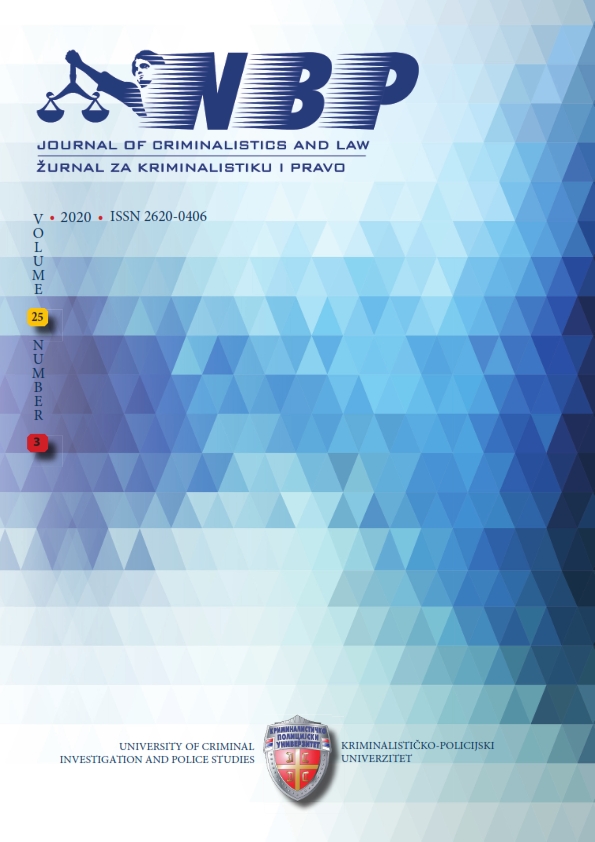Accuracy and Predictive Capability of Body Mass Index in Evaluation of Obesity and Body Fatness Level in Police Officers
Accuracy and Predictive Capability of Body Mass Index in Evaluation of Obesity and Body Fatness Level in Police Officers
Author(s): Filip Kukić, J. Jay Dawes, Jillian Joyce, Aleksandar Čvorović, Milivoj DopsajSubject(s): Sports Studies
Published by: Kriminalističko-policijski univerzitet
Keywords: law enforcement; tactical athletes; body composition; occupational health
Summary/Abstract: This study evaluated the accuracy and predictive value of body mass index (BMI) in evaluation of obesity and body fatness. Data on BMI and percent body fat (PBF) were collected on 953 male police officers who were allocated into age groups: 20-29 years, 30-39 years, and 40-49 years. BMI > 30.0 kg/m2 and PBF > 25% were classified as obese, and those with lower values were classified as non-obese. Chi-square was used to evaluate the accuracy in classification in obese and non-obese when officers' BMI was matched to PBF. Pearson's correlation and linear regression analyses determined the prediction value of BMI. Chi-square revealed significant difference in obesity prevalence when evaluated by BMI and PBF, with classification accuracy of 44.5%-71.8%, depending on age. BMI had moderate prediction value of body fatness. If the assessment of PBF is not attainable, BMI needs to be used carefully as it is likely to underestimate obesity among police officers.
Journal: NBP – Nauka, bezbednost, policija
- Issue Year: 25/2020
- Issue No: 3
- Page Range: 3-16
- Page Count: 14
- Language: English

